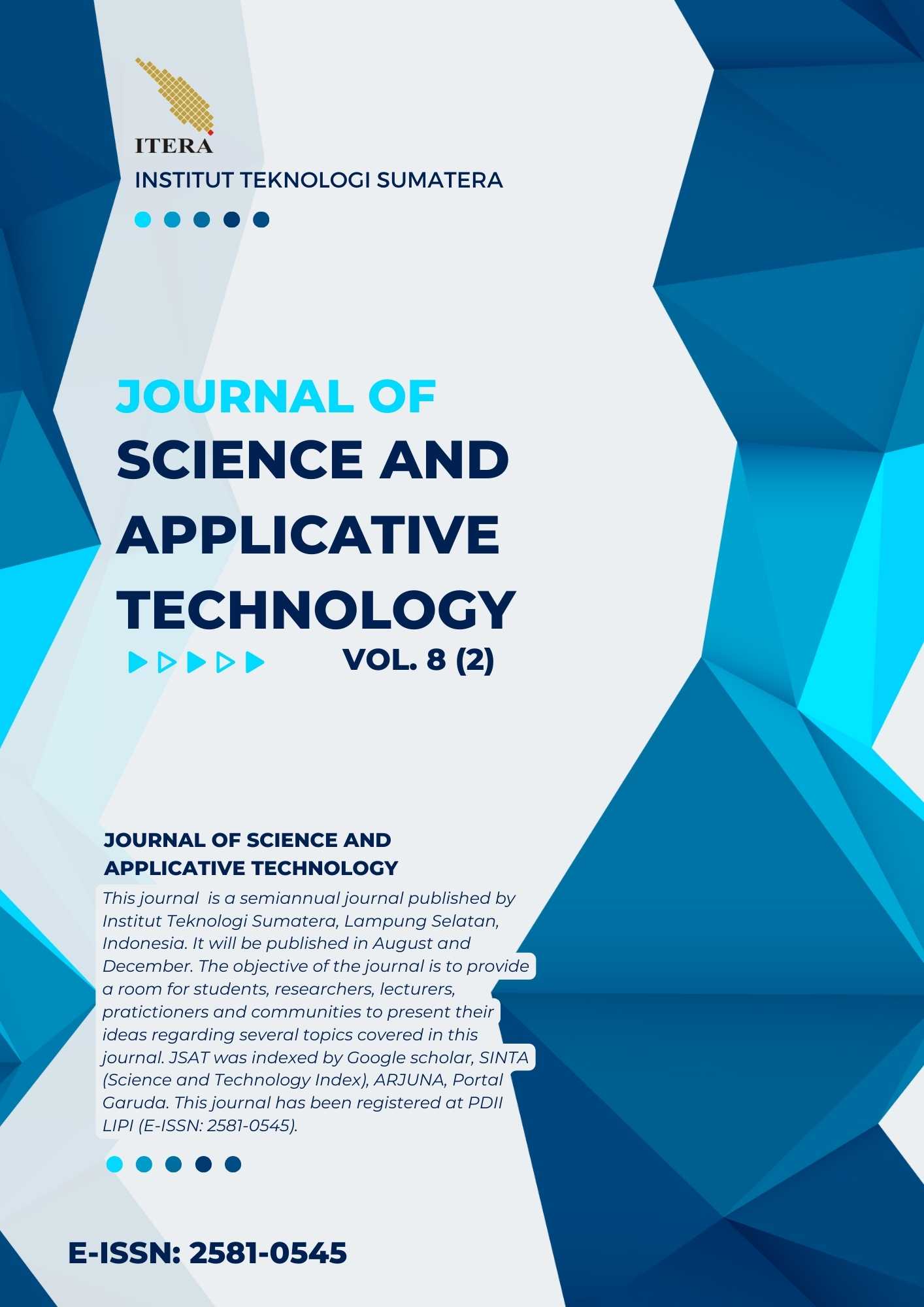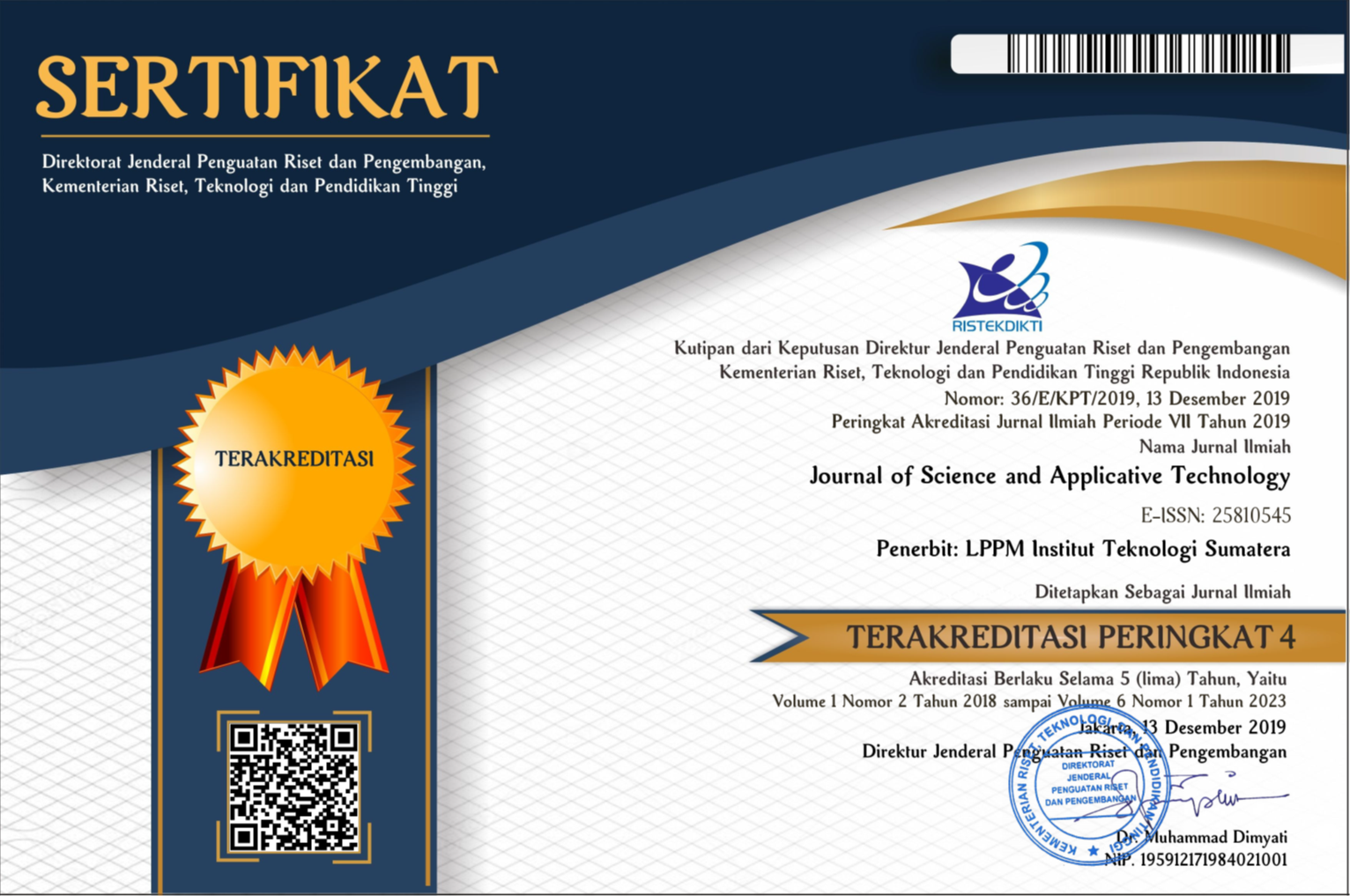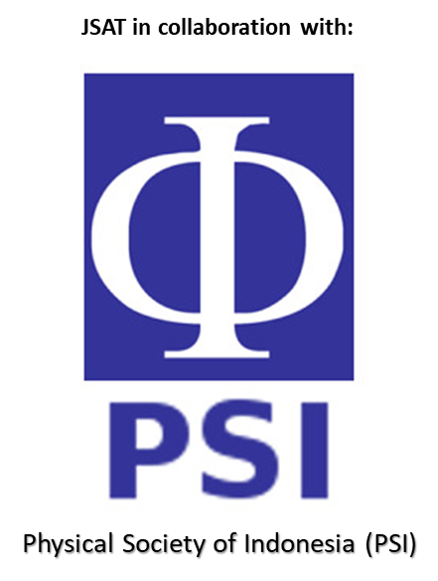Site Selection Analysis for Grouper Culture in Floating Cage Using GIS-Based Weighted Linear Combination Analysis in Kulisusu Bay
Abstract
Land suitability evaluation is a crucial component that supports the sustainable development of aquaculture. One economically valuable commodity in this field is the grouper fish. Kulisusu Bay, located in North Buton Regency, is an area with potential for grouper culture in floating cages. The objective of this research is to analyze the suitability of the land in Kulisusu Bay for floating cage aquaculture of grouper. The study begins by identifying key parameters that directly affect the success of aquaculture activities. These parameters include primary and secondary data that are used to build spatial data. Subsequently, a spatial model is constructed based on this data, resulting in a spatial database. Each parameter is then weighted and scored. The final step involves spatial overlay modeling, where the weighted and scored results are used to generate a land suitability map. The research results show that a significant portion of 2,253 hectares is highly suitable, with an additional 810 hectares being suitable for the activity. These areas are primarily concentrated in the central region of Teluk Kulisusu. Based on these findings, it can be concluded that the waters of Teluk Kulisusu have great potential for the development of grouper culture in floating cages. However, the support of various stakeholders, including the government, is necessary to ensure that this aquaculture activity is sustainable by implementing environmentally friendly culture practices.
Downloads
References
[2] GESAMP (IMO/FAO/Unesco-IOC/WMO/WHO/IAEA/UN/UNEP Joint Groups of Expert on the Scientific Aspects of Marine Environmental Protection, “Planning and Management for Sustainable Coastal Aquaculture Development,” FAO Rep. Stud. GESAMP, 2001.
[3] FAO National Consultant on Carrying Capacity, “Guidlines For Site Selection and Carrying Capacity for Marine Aquaculture in Lombok Island, West Nusa Tenggara,” KKP, Jakarta, 2015.
[4] FAO, “Aquaculture Development for Ecosystem Approach to Aquaculture,” in FAO Technical Guidelines for Responsible Fisheries, vol. 5, Rome, FAO, 2010, p. 53.
[5] A. Andayani, W. Hadie and K. Sugama, “Daya Dukung Ekologi Untuk Budidaya Ikan Kakap Dalam Keramba Jaring Apung, Studi Kasus di Perairan Biak-Numfor,” Jurnal Riset Akuakultur, vol. 13, no. 2, pp. 179-189, 2018.
[6] I. N. Radiarta, Hasnawi and A. Mustafa, “Kondisi kualitas perairan di Kabupaten Morowali Provinsi Sulawesi Tengah: Pendekatan spasial dan statistik multivariate,” Jurnal Riset Akuakultur, vol. 8, no. 2, pp. 299-309, 2013.
[7] A. Mustafa, Tarunamulia, Hasnawi and I. N. Radiarta, “Evaluasi Kesesuaian Perairan Untuk Budidaya Ikan Dalam Keramba,” Jurnal Riset Akuakultur, vol. 13, no. 3, pp. 277-287, 2018.
[8] K. Sugama, E. Danakusumah and H. Eda, “Effect of Feeding Frequency on the Growth of Estuary Grouper, Epinephelus tauvina Cultured in Floating Net Cages,” Sci. Rep. Mar. Rep. of China, 1986.
[9] A. Ghani, A. Hartoko and R. Wisnu, “Analisa Kesesuaian Lahan Perairan Pulau Pari Kepulauan Seribu Sebagai Lahan Budidaya Ikan Kerapu (Epinephelus Sp.) Pada Keramba Jaring Apung Dengan Menggunakan Aplikasi SIG,” Journal of Aquaculture Management and Technology, vol. 4, no. 1, pp. 54-61, 2015.
[10] KKP Dirjen Perikanan Budidaya, “Profil Ikan Kerapu Indonesia,” Direktorat Produksi, Jakarta, 2011.
[11] M. A. Dwiputra, “Strategi Pengelolaan Ekosistem Mangrove Berdasarkan Kondisi Biofisik (Studi Kasus Teluk Kulisusu Kabupaten Buton Utara),” Institut Pertanian Bogor, Bogor, 2017.
[12] J. M. Affan, “Identifikasi Lokasi Untuk Pengembangan Budidaya Keramba Jaring Apung (Kja) Berdasarkan Faktor Lingkungan Dan Kualitas Air Di Perairan Pantai Timur Bangka Tengah,” Depik, vol. 1, no. 1, pp. 78-85, 2012.
[13] NCGIA, “Interpolation: Inverse Distance Weighting,” 23 Juni 2008. [Online]. Available: http://www.ncgia.ucsb.edu/pubs/.
[14] G. H. Pramono, “Akurasi Metode Idw Dan Kriging Untuk Interpolasi Sebaran Sedimen Tersuspensi Di Maros, Sulawesi Selatan,” Forum Geografi, vol. 22, no. 1, pp. 145-158, 2008.
[15] J. Malczewski, “GIS-Based Land-Use Suitability Analysis : A Critical Overview,” Elshevier, vol. 62, no. 1, pp. 3-65, 2004.
[16] H. Voogd, Multicriteria Evaluation for Urban and Regional Planning, London: Pion Limited, 1983.
[17] A. A.-. Hanbali, B. Alsaaideh and A. Kondoh, “Using GIS-Based Weighted Linear Combination Analysis and Remote Sensing Techniques to Select Optimum Solid Waste Disposal Sites within Mafraq City, Jordan,” Journal of Geographic Information System, vol. 3, pp. 267-278, 2011.
[18] J. Malczewski, “On the Use of Weighted Linear Combination Method in GIS : Common and Best Practice Approaches,” in Transaction in GIS, Blackwell Publisher, 2000, pp. 5-22.
[19] C. D. Tomlin, Geographical Information Systems and Cartographic Modeling, NJ: Prentice-Hall, 1990.
[20] J. K. Beery, “Cartographic modeling: The analytical capabilities of GIS,” in Goodchild M, Parks B and Steyaert L (eds) Environmental Modeling with GIS, Oxford, Oxford University Press, 1993, pp. 58-74.
[21] J. Malczewski, GIS and Multicriteria Decision Analysis, New York: John Wiley and Sons, 1999.
Copyright (c) 2024 Journal of Science and Applicative Technology

This work is licensed under a Creative Commons Attribution-NonCommercial 4.0 International License.
All the content on Journal of Science and Applicative Technology (JSAT) may be used under the terms of the Creative Commons Attribution-NonCommercial 4.0 International License.
You are free to:
- Share - copy and redistribute the material in any medium or format
- Adapt - remix, transform, and build upon the material
Under the following terms:
- Attribution - You must give appropriate credit, provide a link to the license, and indicate if changes were made. You may do so in any reasonable manner, but not in any way that suggests the licensor endorses you or your use.
- NonCommercial - You may not use the material for commercial purposes.
- No additional restrictions - You may not apply legal terms or technological measures that legally restrict others from doing anything the license permits.





















